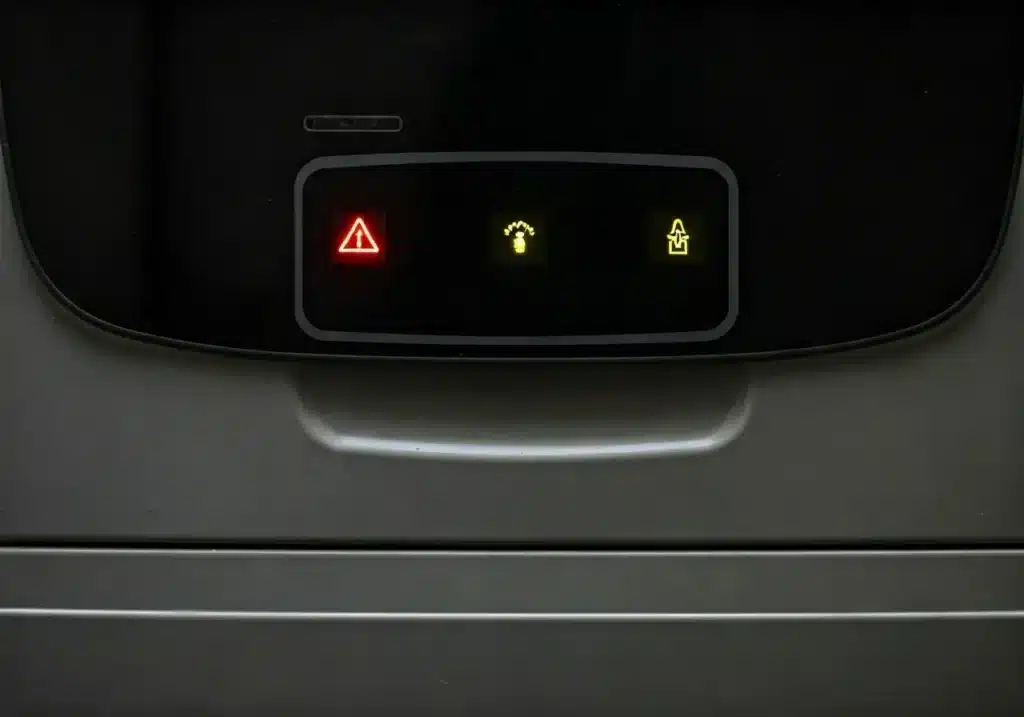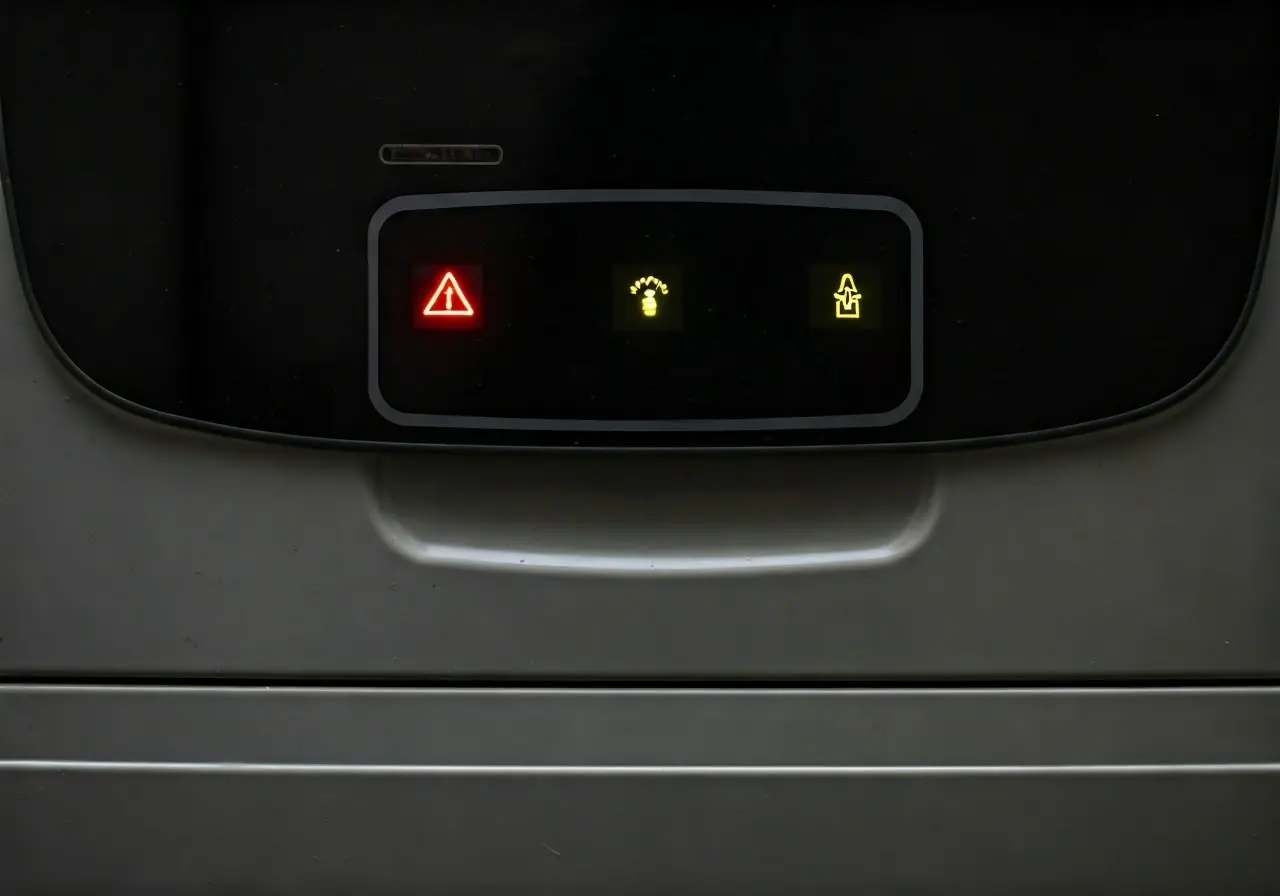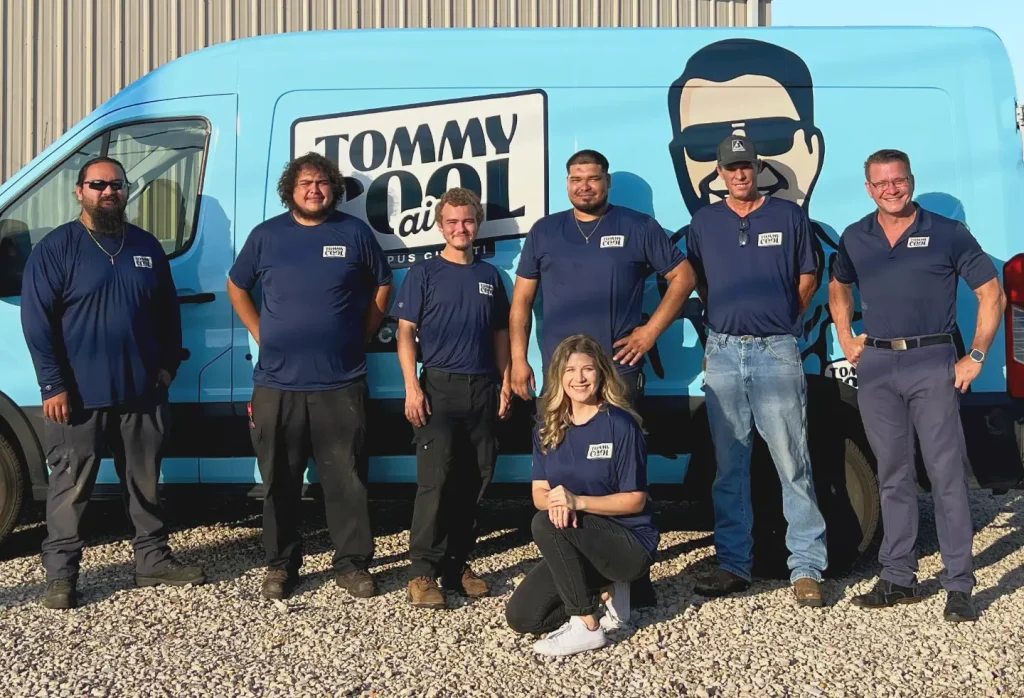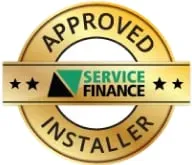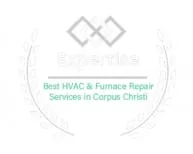When the winter chill sets in, the last thing anyone wants is a malfunctioning furnace. Experiencing issues with your furnace can be a major inconvenience, potentially leaving you without heat when you need it the most. In this blog, we will explore some common furnace problems that may require immediate attention and give you tips on how to prevent these issues.
1. Ignition or Pilot Control Problems
Furnace ignition issues can often cause intermittent heating or, worse, no heat at all. This particular problem can arise from a faulty ignition switch, an obstructed thermocouple, or even a dirty flame sensor. Regular inspection of these components ensures that your furnace functions without a hitch. By incorporating routine check-ups into your maintenance schedule, you can avoid the headaches associated with emergency repairs. Moreover, if you notice persistent clicking noises or a pilot light that won’t stay lit, it’s time to call in a professional to diagnose the problem. Such vigilance can save you from unexpected chilly nights and the inconvenience of a non-working system.
2. Clogged Air Filters
Clogged air filters are perhaps the most common issue that hampers furnace efficiency. These filters are designed to trap dust, debris, and allergens, keeping the air inside your home clean and safe. However, when these filters become clogged, they reduce airflow, forcing the furnace to work harder than necessary. This not only leads to increased energy consumption but can also strain essential components, potentially leading to system failure. Replacing filters every one to three months is a simple yet effective measure to maintain optimal performance. For homes with pets or allergy sensitivities, more frequent changes might be necessary to ensure unobstructed airflow and a healthy indoor environment.
In some cases, systematic issues like leaky ducts or faulty blowers may exacerbate the effects of clogged filters. It’s worth noting that maintaining your furnace system extends beyond just the filters. It involves a holistic approach to ensure each part operates in harmony. Regular maintenance not only keeps your furnace running smoothly but also enhances indoor air quality and lengthens the system’s lifespan.
3. Malfunctioning Thermostat
Thermostats serve as the command center for your furnace, dictating when and how it should operate. A malfunctioning thermostat can result in inconsistent temperatures and unwarranted hikes in energy bills. Calibration errors, dead batteries, or wiring issues often underlie these malfunctions. To prevent such disruptions, ensure that your thermostat is updated with the latest software versions—if applicable—and periodically recalibrate it for accuracy. Additionally, cleaning the inside of the device to prevent dust accumulation can be beneficial.
4. Frequent Cycling
Frequent cycling, or short cycling, affects the efficiency of your furnace, causing it to turn on and off more than necessary. This issue often results from wrong sizing or a dirty air filter, and it can lead to higher energy bills and increased wear on components. Ensuring your unit is appropriately sized for your home can prevent cycling issues. During installation, make sure you work with a professional to choose a furnace that matches your space requirements.
Apart from sizing, checking for adequate ventilation and potential blockages in the system are other preventive measures. Regular filter changes, ensuring proper ductwork, and inviting professional inspections each year will contribute to maintaining consistent heating without excessive cycling, saving both energy and maintenance costs in the long run.
5. Worn Out Blower Belt
Blower belts, integral to the furnace’s motor system, can wear out over time, resulting in unpleasant squealing noises that indicate the need for replacement. Regular checks can flag early signs of wear, such as visible cracks or fraying. Ignoring these warning signs can lead to the belt snapping, which not only interrupts heating but may also damage other components.
Blower belts should be inspected annually during routine maintenance. Keeping an eye on the tension and alignment of the belt can vastly improve the blower’s efficiency and prevent unnecessary strain on the motor. If you’re unsure about how to check these elements, or if the noise persists after replacement, seek professional assistance to ensure all aspects of your system work in tandem for a noiseless and efficient operation.
6. Limit Switch Malfunctions
The limit switch plays a vital role in maintaining the safety and efficiency of your furnace. It controls the blower and prevents overheating by shutting down the furnace if certain temperatures are exceeded. A malfunction can result in continuous blower operation, leading to increased wear and energy consumption. Such issues are often detectable through unusual performance cycles or unexpected shutdowns.
To prevent malfunctions, integrate limit switch checks into your regular maintenance routine. This includes examining the electrical connections and ensuring the switch operates within the manufacturer’s temperature parameters. If you observe overheating, it’s imperative to contact a professional technician immediately to inspect and replace faulty switches, safeguarding against potential fire hazards and enhancing your system’s lifespan.
7. Furnace Not Producing Enough Heat
Several factors can contribute to inadequate heat production from your furnace, including blocked vents, a malfunctioning thermostat, or even a poorly-maintained burner. Each of these elements plays a crucial role in the furnace’s overall performance. Regular maintenance involves cleaning and clearing the vents, ensuring all burners are functioning properly, and calibrating your thermostat to maintain optimal heat levels.
During colder months, it’s advisable to have a technician verify that all components are in working order. Additionally, keeping your ducts closed and insulated prevents heat loss and improves overall efficiency. Taking these proactive steps not only maximizes comfort during winter but also reduces the likelihood of emergency repairs when external temperatures plummet.
8. Unusual Furnace Noises
Rattling, popping, or banging noise emerging from your furnace could indicate serious mechanical issues such as loose or damaged components within the unit. Prolonged noise without diagnosis can escalate these issues, resulting in damage to essential parts like the blower or even the heat exchanger. Addressing noises promptly by scheduling professional inspections can uncover the source, potentially saving you from costly repairs.
Routine maintenance checks should inclusively observe the inside of the furnace, tightening parts where necessary, and ensuring components are neither worn out nor misaligned. By understanding and interpreting the sounds made by your furnace, such as differentiating between normal operational noises and those indicating trouble, you can take swift action against arising problems.
9. Persistent Gas Smell
If your furnace emits a persistent gas smell, this is an urgent red flag warranting immediate professional attention. Gas leaks are not only fire hazards but also pose serious health risks. Regularly checking your gas lines and ensuring proper installation are critical preventive measures.
Install carbon monoxide detectors throughout your home, providing an additional safety net. In case of even the faintest suspicion of a gas leak, vacate the premises and contact experts to perform a comprehensive safety inspection. These straightforward precautions can significantly reduce the risk of gas-related emergencies, offering you peace of mind during the cold months.
10. Tripped Circuit Breaker
A furnace causing frequent circuit breaker trips may signify underlying electrical issues, which require immediate attention to prevent damaging the entire heating system. Circuit breakers trip when the electrical flow exceeds safe levels, protecting against overheating and electrical fires.
Consistent trips may indicate an overload, short circuit, or ground fault in the system. It’s important to contact a licensed electrician in such situations to diagnose and address any electrical glitches without delay. Focusing on proper grounding and ensuring wires are well-insulated can prevent electrical problems long-term, helping maintain optimal furnace performance.

